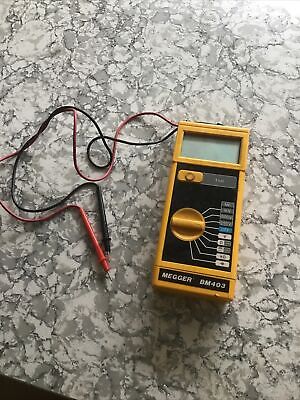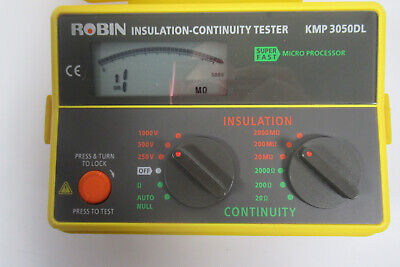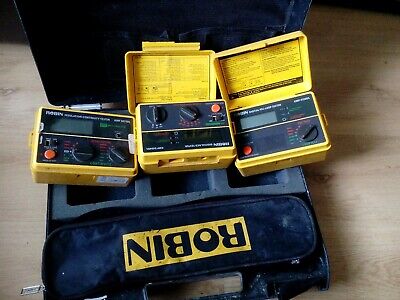Neptune
DIY
- Reaction score
- 24
After completing a new RFC or modifying an existing one, I will always test continuity across all 3 conductors at the Consumer unit. I use the continuity function on my Fluke 2 pole tester to do this. This is done whilst the circuit is dead.
Prior to this, I am very diligent with the conductors in each socket terminal and ensuring that I have the correct amount of cable length. I also screw the terminals tight again once the excess cable is bent in the back box and before I screw in the socket plate incase anything had come loose.
This means that when it comes to the continuity test, everything is okay. Else, I will revisit each socket, rectify and test again…
I know “proper” electricians will do R1, etc. tests using a low ohm meter. What am I missing without doing these tests and can any of these be done without buying the very expensive low ohm meters that electricians have?
I appreciate that the very simple response is that these test have to be done.
Thanks in advance.
Prior to this, I am very diligent with the conductors in each socket terminal and ensuring that I have the correct amount of cable length. I also screw the terminals tight again once the excess cable is bent in the back box and before I screw in the socket plate incase anything had come loose.
This means that when it comes to the continuity test, everything is okay. Else, I will revisit each socket, rectify and test again…
I know “proper” electricians will do R1, etc. tests using a low ohm meter. What am I missing without doing these tests and can any of these be done without buying the very expensive low ohm meters that electricians have?
I appreciate that the very simple response is that these test have to be done.
Thanks in advance.











